Robert M. Patton
An Oracle and Observations for the OpenAI Gym / ALE Freeway Environment
Sep 02, 2021



Abstract:The OpenAI Gym project contains hundreds of control problems whose goal is to provide a testbed for reinforcement learning algorithms. One such problem is Freeway-ram-v0, where the observations presented to the agent are 128 bytes of RAM. While the goals of the project are for non-expert AI agents to solve the control problems with general training, in this work, we seek to learn more about the problem, so that we can better evaluate solutions. In particular, we develop on oracle to play the game, so that we may have baselines for success. We present details of the oracle, plus optimal game-playing situations that can be used for training and testing AI agents.
Exascale Deep Learning to Accelerate Cancer Research
Sep 26, 2019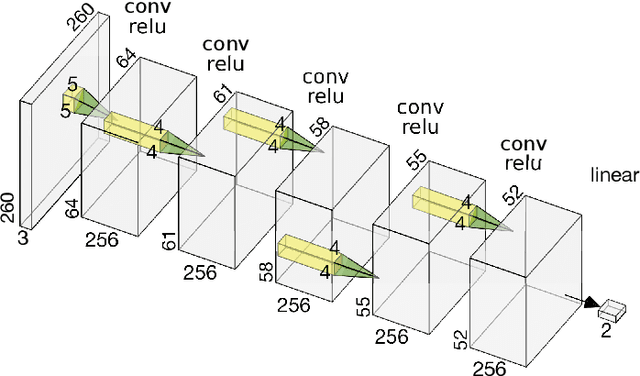

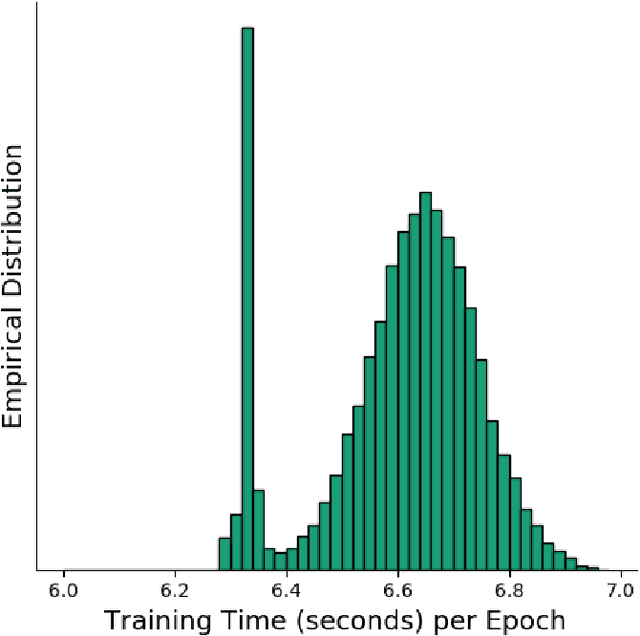
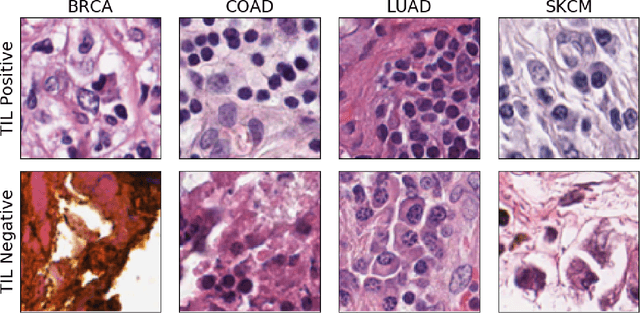
Abstract:Deep learning, through the use of neural networks, has demonstrated remarkable ability to automate many routine tasks when presented with sufficient data for training. The neural network architecture (e.g. number of layers, types of layers, connections between layers, etc.) plays a critical role in determining what, if anything, the neural network is able to learn from the training data. The trend for neural network architectures, especially those trained on ImageNet, has been to grow ever deeper and more complex. The result has been ever increasing accuracy on benchmark datasets with the cost of increased computational demands. In this paper we demonstrate that neural network architectures can be automatically generated, tailored for a specific application, with dual objectives: accuracy of prediction and speed of prediction. Using MENNDL--an HPC-enabled software stack for neural architecture search--we generate a neural network with comparable accuracy to state-of-the-art networks on a cancer pathology dataset that is also $16\times$ faster at inference. The speedup in inference is necessary because of the volume and velocity of cancer pathology data; specifically, the previous state-of-the-art networks are too slow for individual researchers without access to HPC systems to keep pace with the rate of data generation. Our new model enables researchers with modest computational resources to analyze newly generated data faster than it is collected.
Unsupervised Identification of Study Descriptors in Toxicology Research: An Experimental Study
Nov 03, 2018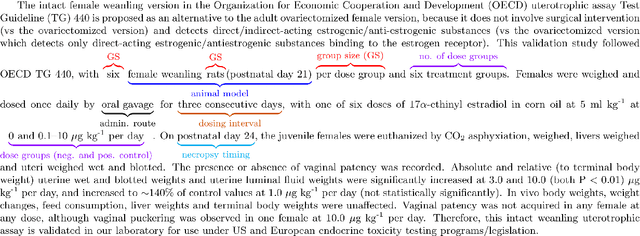
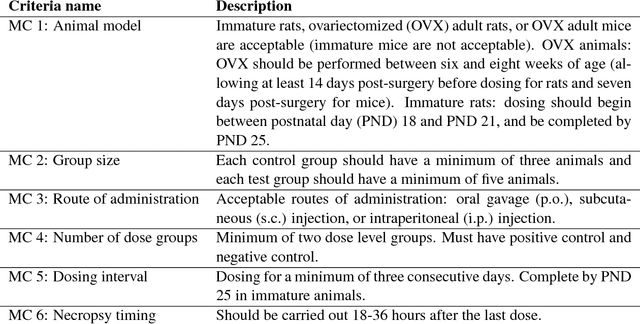
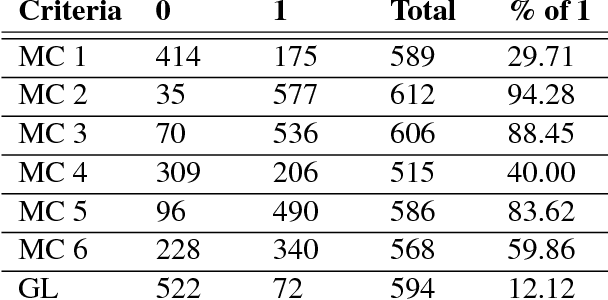
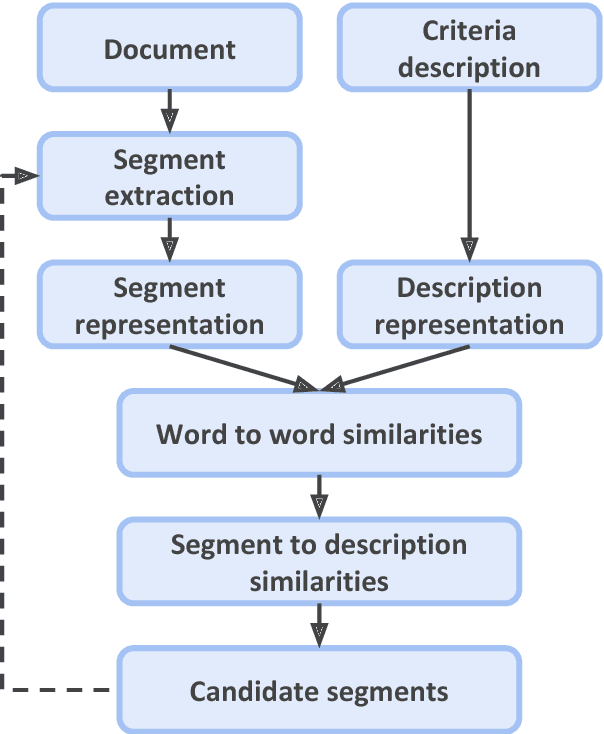
Abstract:Identifying and extracting data elements such as study descriptors in publication full texts is a critical yet manual and labor-intensive step required in a number of tasks. In this paper we address the question of identifying data elements in an unsupervised manner. Specifically, provided a set of criteria describing specific study parameters, such as species, route of administration, and dosing regimen, we develop an unsupervised approach to identify text segments (sentences) relevant to the criteria. A binary classifier trained to identify publications that met the criteria performs better when trained on the candidate sentences than when trained on sentences randomly picked from the text, supporting the intuition that our method is able to accurately identify study descriptors.
A Study of Complex Deep Learning Networks on High Performance, Neuromorphic, and Quantum Computers
Jul 13, 2017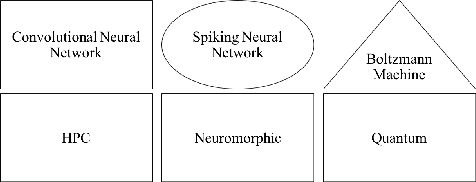
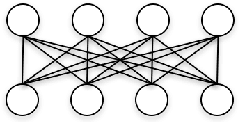
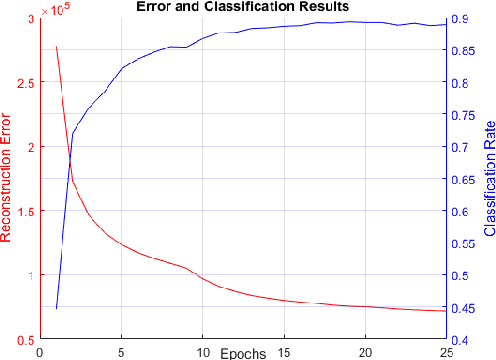
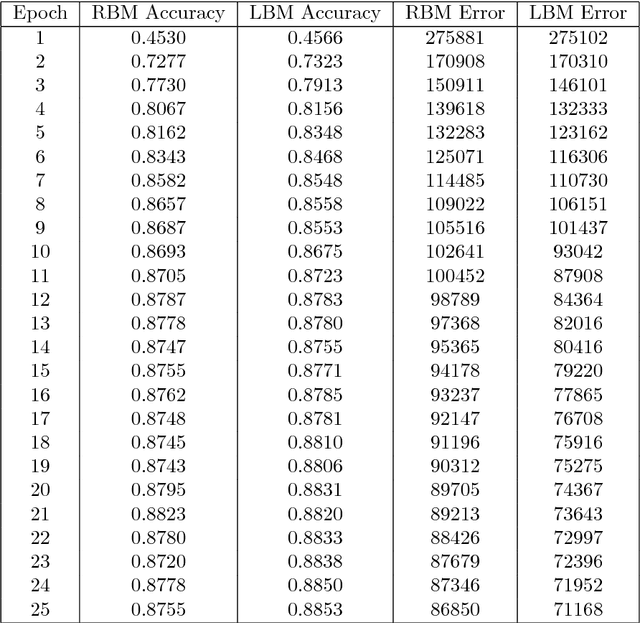
Abstract:Current Deep Learning approaches have been very successful using convolutional neural networks (CNN) trained on large graphical processing units (GPU)-based computers. Three limitations of this approach are: 1) they are based on a simple layered network topology, i.e., highly connected layers, without intra-layer connections; 2) the networks are manually configured to achieve optimal results, and 3) the implementation of neuron model is expensive in both cost and power. In this paper, we evaluate deep learning models using three different computing architectures to address these problems: quantum computing to train complex topologies, high performance computing (HPC) to automatically determine network topology, and neuromorphic computing for a low-power hardware implementation. We use the MNIST dataset for our experiment, due to input size limitations of current quantum computers. Our results show the feasibility of using the three architectures in tandem to address the above deep learning limitations. We show a quantum computer can find high quality values of intra-layer connections weights, in a tractable time as the complexity of the network increases; a high performance computer can find optimal layer-based topologies; and a neuromorphic computer can represent the complex topology and weights derived from the other architectures in low power memristive hardware.
A Survey of Neuromorphic Computing and Neural Networks in Hardware
May 19, 2017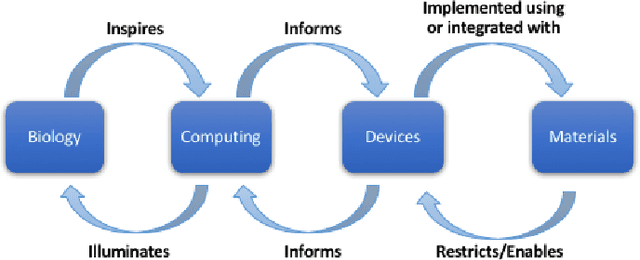
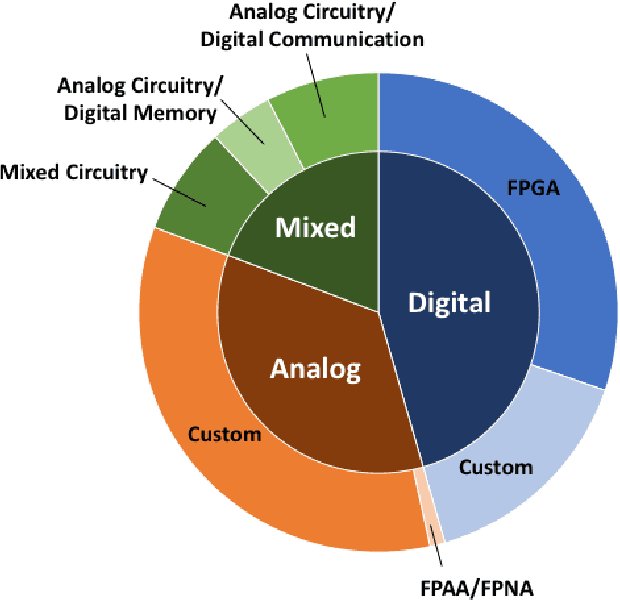
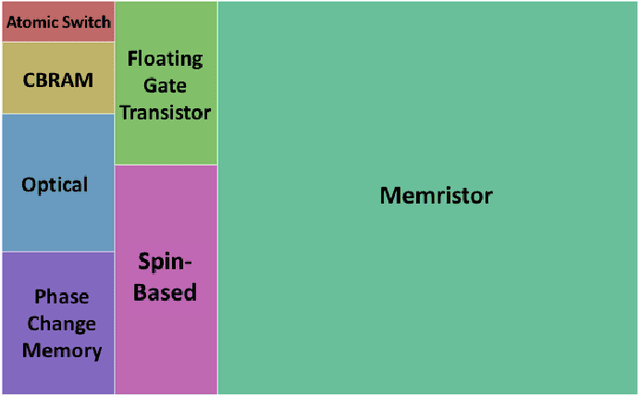
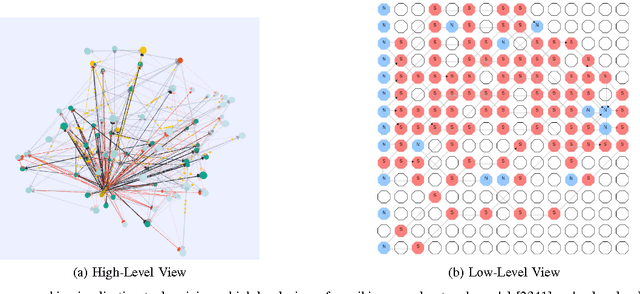
Abstract:Neuromorphic computing has come to refer to a variety of brain-inspired computers, devices, and models that contrast the pervasive von Neumann computer architecture. This biologically inspired approach has created highly connected synthetic neurons and synapses that can be used to model neuroscience theories as well as solve challenging machine learning problems. The promise of the technology is to create a brain-like ability to learn and adapt, but the technical challenges are significant, starting with an accurate neuroscience model of how the brain works, to finding materials and engineering breakthroughs to build devices to support these models, to creating a programming framework so the systems can learn, to creating applications with brain-like capabilities. In this work, we provide a comprehensive survey of the research and motivations for neuromorphic computing over its history. We begin with a 35-year review of the motivations and drivers of neuromorphic computing, then look at the major research areas of the field, which we define as neuro-inspired models, algorithms and learning approaches, hardware and devices, supporting systems, and finally applications. We conclude with a broad discussion on the major research topics that need to be addressed in the coming years to see the promise of neuromorphic computing fulfilled. The goals of this work are to provide an exhaustive review of the research conducted in neuromorphic computing since the inception of the term, and to motivate further work by illuminating gaps in the field where new research is needed.
 Add to Chrome
Add to Chrome Add to Firefox
Add to Firefox Add to Edge
Add to Edge